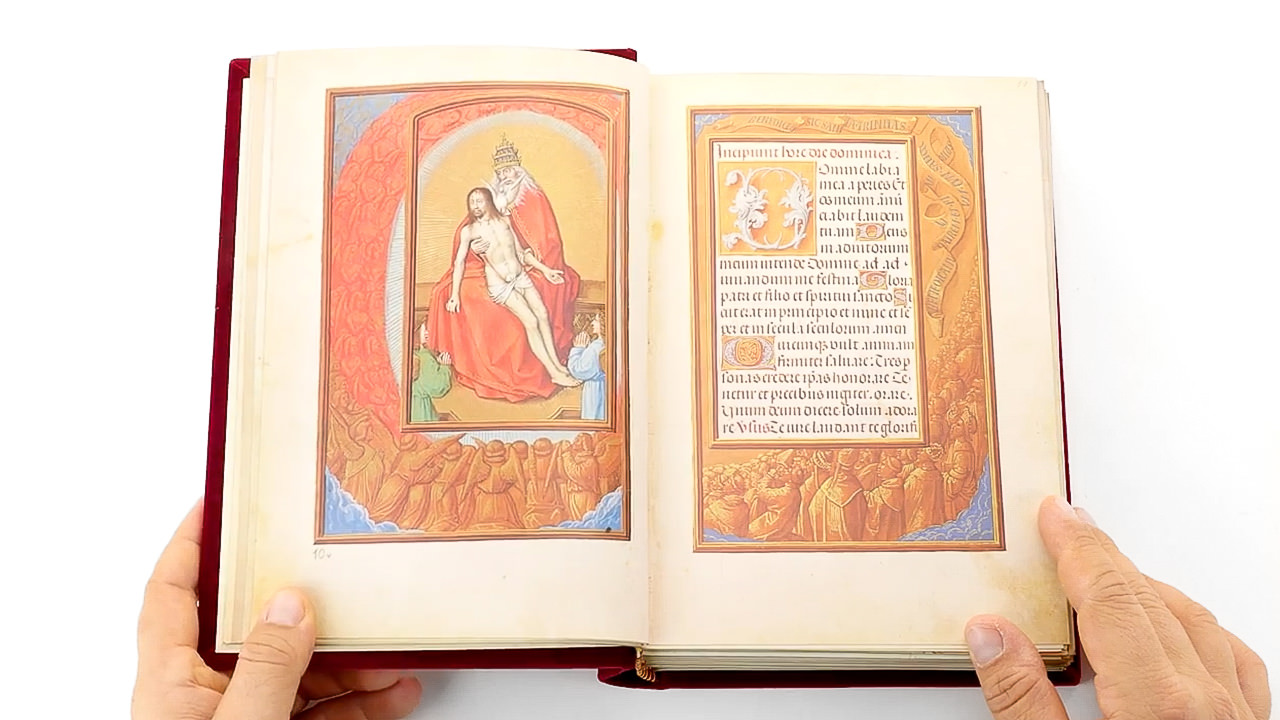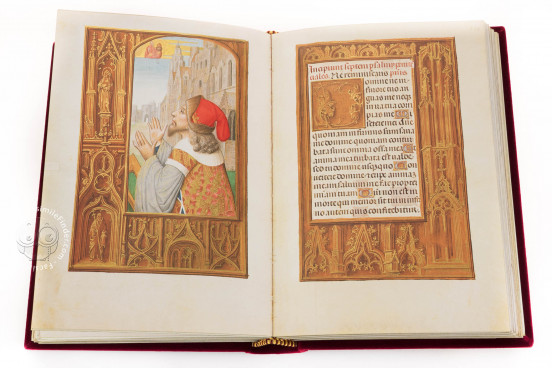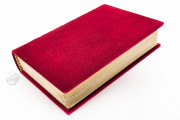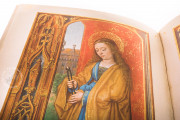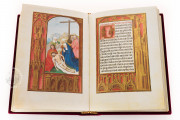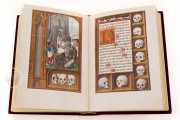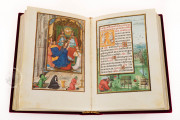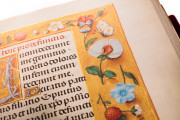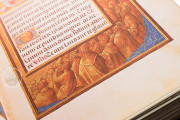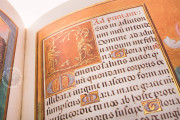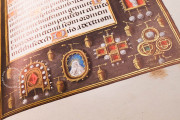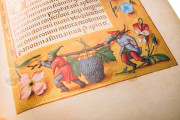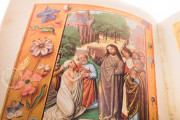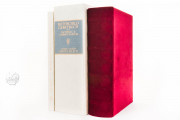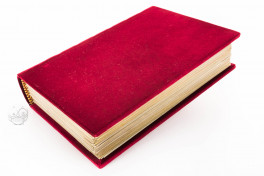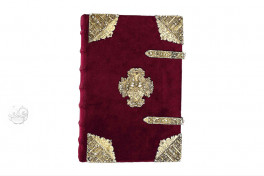The Rothschild Hours is a masterpiece of Flemish illumination made in Ghent and/or Bruges around 1505-1510. It is a book of hours, so called after the times of day at which its Christian prayers are meant to be recited. Once owned by members of the Austrian Rothschild family, the manuscript boasts sixty-seven full-page miniatures and dozens of painted borders, some historiated and others of the characteristic Ghent-Bruges strewn-flower type or featuring fictive wood framing structures.
The manuscript is a product of the last great flowering of manuscript illumination and features the work of the most prominent Flemish illuminators of the time, including Gerard Horenbout, Alexander Bening, Simon Bening, and Gerard David.
A Collaboration of Masters
Gerard Horenbout and Alexander Bening are believed to have been responsible for the overall design of the book's illumination and to have made most of the underdrawings, with the painting being carried out both by them and by others. Many of the miniatures' compositions can be seen in their work in other books, including the Grimani Breviary, a manuscript in which the work of Simon Bening and Gerard David can also be found.
The Rothschild Hours is an artistic collaboration not only in the sense that several outstanding talents contributed to its illumination but also in the sense that individual miniatures seem to have been the collaborative work of more than one painter.
The principal figures of the Virgin and Child on a Crescent Moon (fol. 197v) are universally accepted as painted by Gerard David, a Bruges-based artist renowned in his own day as a panel painter, perhaps with the underdrawing supplied by Alexander Bening.
Every Beginning a Feast for the Eyes
The layout of the illumination follows a general pattern: a full-page miniature on a left-hand page introduces a new section, the text begins on the right with a large decorated initial of stylized acanthus, while the entire opening is united by complementary borders, many featuring naturalistic assemblages of fictive flowers that seem to cast shadows or the evocation of rich textiles, peacock feathers, or jewels and pearls. Others contain narrative scenes or symbols related to the subject of the main miniature.
The miniatures in the section dedicated to the suffrages—short prayers addressed to saints—depict individual saints in half-length, using a close-up composition to make the saint appear near enough for direct supplication.
A View of the Contemporary Liturgy
A series of images representing moments in the celebration of the Mass—the Christian rite focused on the Eucharist—is an unusual inclusion in a book of hours. Those scenes (fols. 16v, 28v, 37v, 46v, 55v, 65v, 75v) are characterized by the detailed depiction of elaborate vestments and the rendition of sublime architectural spaces and offer modern viewers valuable insight into sixteenth-century liturgical practice and settings.
Eventually Part of a Renowned Collection
Some prayers added by someone other than the main scribe might reflect the interests of the first owner, but it is unknown for whom the manuscript was created. The binding features silver-gilt centerpieces bearing the Wittelsbach arms. These have been attributed to the workshop of the Nuremberg goldsmith Wenzel Jamnitzer (1508-1585). It is uncertain, however, when these were added to the cover.
The book entered the prestigious collection of Anselm Salomon von Rothschild (1803-1874) around 1870 and passed into that of his son Nathaniel (1838-1905). The manuscript was among those confiscated by the Nazis in 1938 when the Viennese palace of the Rothschild family was in the possession of Nathaniel's nephew, Alphonse von Rothschild (1878-1942). The manuscript was restituted to the family in 1999 from the Österreichische Nationalbibliothek in Vienna (Cod. Ser. n. 2844). It was sold at auction in 1999 and again in 2014. At the later sale, it was purchased by Kerry Stokes (b. 1940).
We have 2 facsimiles of the manuscript "Rothschild Hours":
- Das Rothschild-Gebetbuch (Standard Edition) facsimile edition published by Akademische Druck- u. Verlagsanstalt (ADEVA), 1979
- Das Rothschild-Gebetbuch (Deluxe Edition) facsimile edition published by Akademische Druck- u. Verlagsanstalt (ADEVA), 1979

